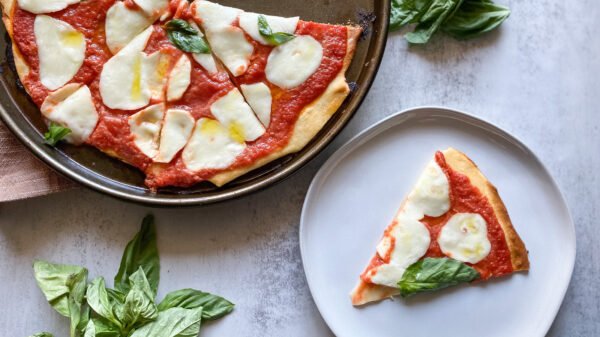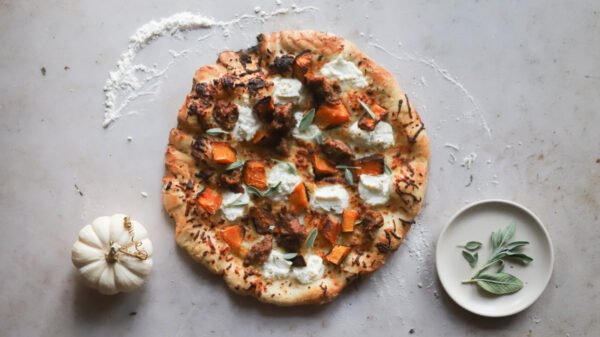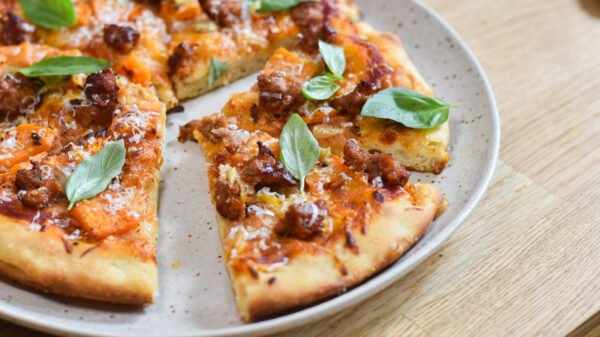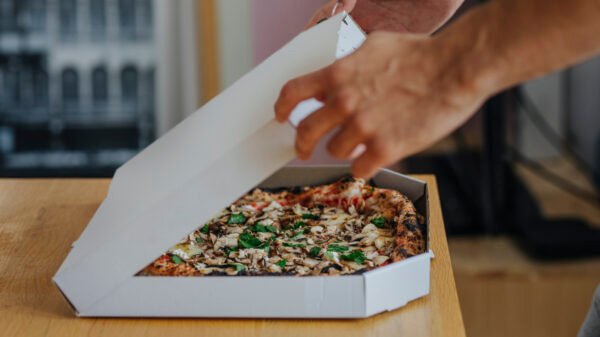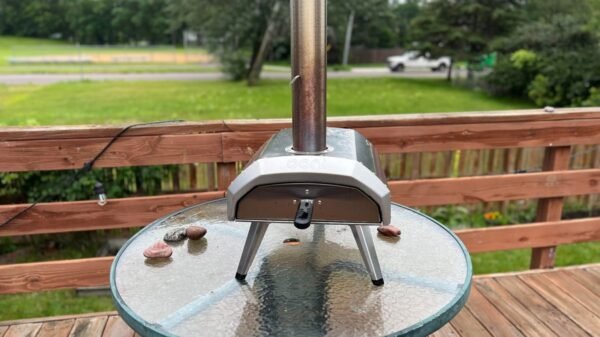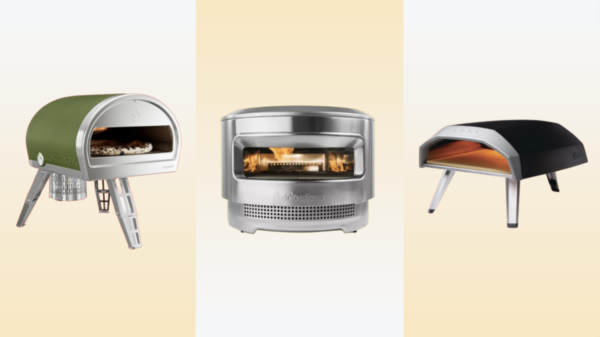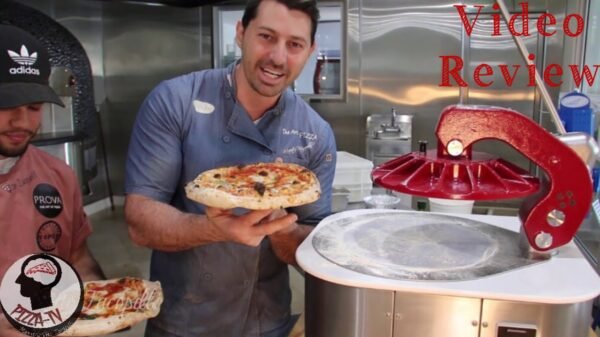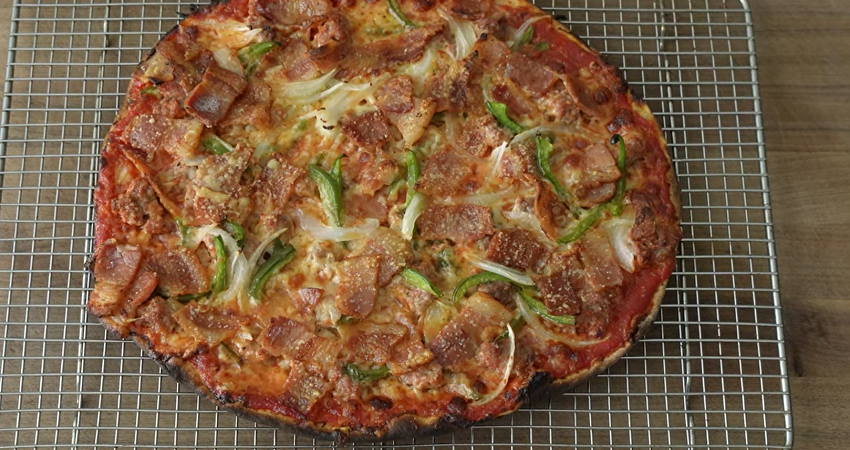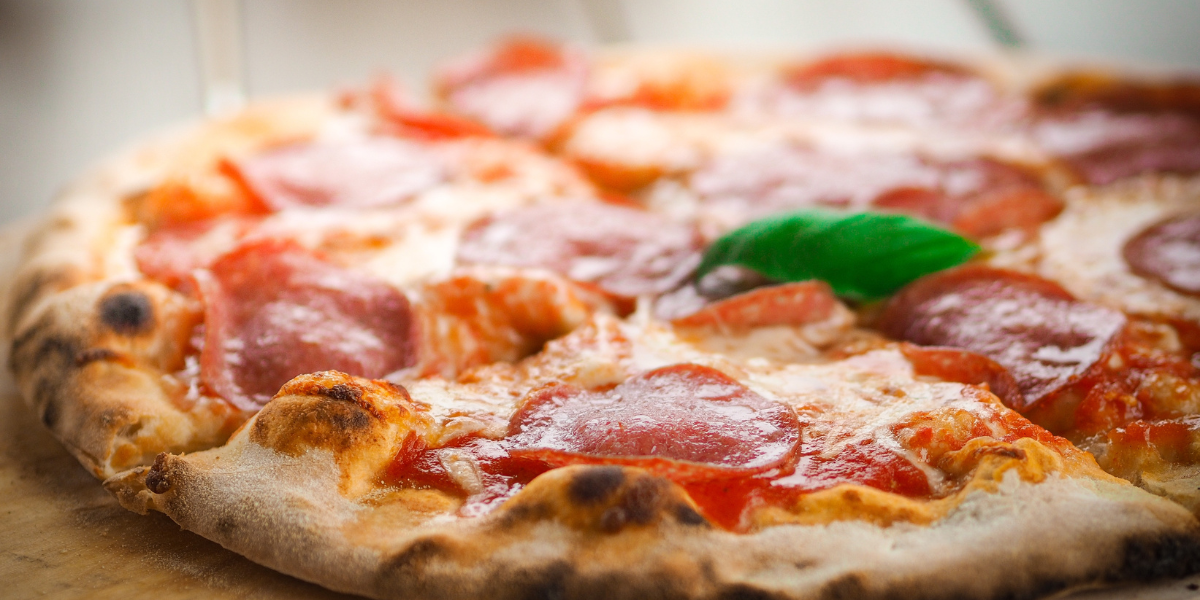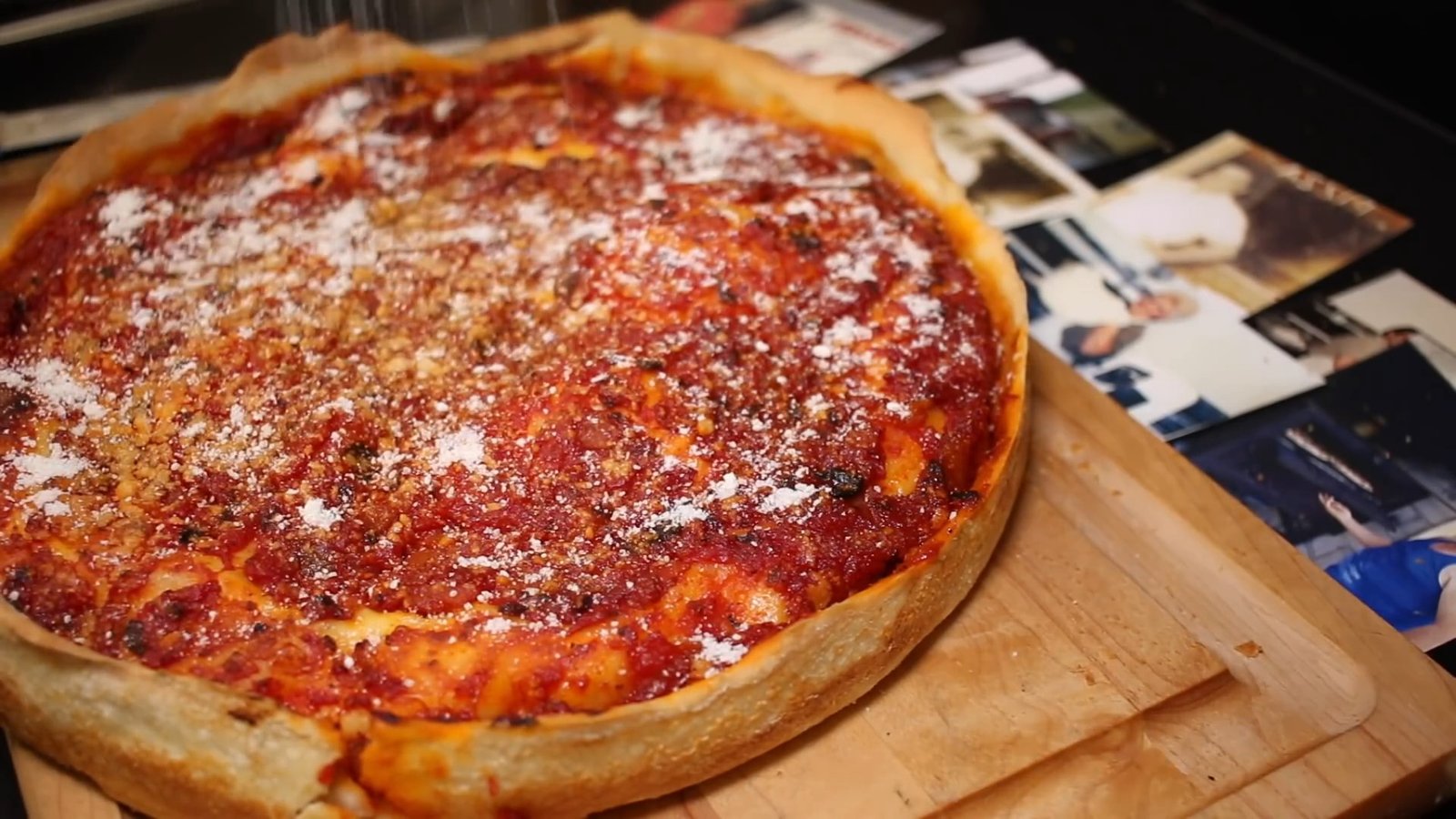In pizza making, achieving the perfect crust is an art. Pre-baking is a crucial technique that plays a significant role in crafting a great crust. Pre-baking, or par-baking, involves partially baking the pizza crust before adding the toppings. This article will discuss the pre-baking pizza crust’s definition and its significance. We will also debunk some common misconceptions and provide tips for attaining the perfect pre-baked crust.
(Must try Understanding Different Types of Flours for the Perfect Crust)
Understanding Pre-Baking Pizza Crust
Definition
Pre-baking refers to partially baking the pizza crust before adding the toppings. It allows the crust to develop a firm structure and set the foundation for the toppings. By pre-baking the crust, you create a barrier that prevents the toppings’ moisture from saturating the dough, resulting in a crispy and evenly cooked crust.
Importance
Pre-baking is a key step that sets the stage for a delicious and well-structured pizza. The significance of pre-baking cannot be overstated when aiming for a pizza with a perfectly balanced crust. Pre-baking ensures that the crust remains crispy, even with the weight of the toppings. It also prevents the dreaded scenario of undercooked or soggy dough, leading to a disappointing pizza experience.
Common misconceptions
There are a few misconceptions surrounding pre-baking pizza crust that deserve clarification. One common myth is that pre-baking produces a dry or tough crust. However, with the right techniques, the crust can maintain a desirable moisture level while achieving the desired crispness. Another misconception is that pre-baking eliminates the need for proper yeast fermentation. On the contrary, pre-baking complements fermentation, resulting in a light and flavorful crust.
Choosing the Right Dough
Dough consistency
To achieve optimal pre-baking results, working with a well-hydrated dough is essential. A properly hydrated dough produces a more pliable and elastic crust, making it easier to shape and handle. It also helps achieve a desirable texture and prevents the crust from drying during pre-baking.
Gluten development
Proper gluten development is crucial in creating a desirable crust texture. Gluten gives the dough elasticity and strength, resulting in a chewy and well-structured crust. Adequate kneading and resting periods contribute to gluten formation, ensuring the crust holds up well during pre-baking and supports the toppings.
Flour selection
The choice of flour impacts the final characteristics of the crust. Different types of flour, such as all-purpose, bread, or pizza flour, have varying protein content, affecting the dough’s elasticity and rise. Experimenting with different flours can lead to discovering the ideal balance between tenderness and structure in the pre-baked crust.
Preparing the Dough for Pre-Baking
Resting period
Before pre-baking the crust, allowing the dough to rest is crucial. Resting permits the gluten to relax and the yeast to continue fermenting, leading to a more flavorful crust. It raises the dough slightly, resulting in a lighter texture after pre-baking.
Shaping the crust
Properly shaping the dough is essential for uniform pre-baking. When shaping the crust, ensure it is of consistent thickness throughout to promote even cooking. Stretch the dough gently, avoiding excessive pulling or tearing that can compromise its structure.
Docking and docking techniques
Docking refers to poking small holes in the dough before pre-baking. It prevents the crust from rising excessively during the baking process. Excessive rising can lead to an uneven crust or air pockets forming underneath the toppings. There are various techniques for docking, including using a fork or a dedicated docking tool, ensuring that the holes are evenly distributed across the dough. Docking allows steam to escape, resulting in a flatter and more consistent pre-baked crust.
Pre-Baking Techniques
Preheating the oven
Preheating the oven before pre-baking the pizza crust is crucial to achieving optimal results. Preheating allows the oven to reach the desired temperature, ensuring even heat distribution and consistent baking. A preheated oven creates the ideal environment for a crisp and golden crust.
Oven temperature and timing
The right oven temperature and timing are key to achieving the perfect pre-baked crust. The exact timing will vary depending on the thickness of the crust and the desired level of crispness.
Generally, a higher temperature, around 450 to 500 degrees Fahrenheit (230 to 260 degrees Celsius), works well for pre-baking. Monitoring the crust closely during pre-baking is essential to avoid over or undercooking.
Using a pizza stone or steel
Using a pizza stone or steel can make a significant difference for those aiming to elevate their pre-baking game. These tools enhance heat transfer, resulting in a crisper crust. Preheating the stone or steel with the oven ensures that the crust comes into contact with intense heat, leading to a more professional-quality pre-baked crust.
Enhancing the Pre-Baked Crust
Seasoning the crust
While the pre-baked crust is a blank canvas awaiting toppings, adding some seasoning can elevate its flavor. Options like garlic butter, dried herbs, or grated Parmesan cheese can be sprinkled on the crust before pre-baking. These seasonings infuse the crust with additional aroma and taste, enhancing the pizza experience.
Brushing with oil
Brushing the pre-baked crust with olive oil is a simple yet effective technique to enhance its texture and prevent sogginess. Lightly brush the crust with olive oil immediately after pre-baking for best results. The oil creates a barrier that helps retain the crust’s crispness while protecting it from the moisture of the toppings.
Cooling and storing
Once the pre-baked crust is ready, cool slightly before adding the toppings. This short cooling period helps the crust set and maintain its structure. Extra pre-baked crusts can be cooled completely and stored in an airtight container or plastic bag at room temperature for a day or refrigerated for up to three days. Proper storage ensures the crust remains fresh and ready for future pizza-making endeavors.
Conclusion
Mastering the art of pre-baking pizza crust is a fundamental step in the quest for the perfect pizza. Pre-baking provides the foundation for a crispy, evenly cooked crust that can withstand the weight of toppings. You can elevate your homemade pizza by understanding the definition and importance of pre-baking, choosing the right dough, preparing it properly, employing the right techniques, and enhancing the pre-baked crust. So, embrace the joy of crafting a delicious pizza with a well-prepared crust and savor the satisfaction of creating a culinary masterpiece.
FAQs About Pre-Baking Pizza Crusts
Can I pre-bake pizza crusts ahead of time?
Absolutely! Pre-baking pizza crusts ahead of time can save you time and make pizza night a breeze. Just cool the pre-baked crusts completely before storing them to maintain their crispness.
Should I pre-bake the crust for all pizza styles?
Pre-baking the crust is not necessary for all pizza styles. Thin-crust pizzas generally benefit from pre-baking, as it ensures a crispy base. However, pre-baking may not be required for thicker crusts or deep-dish pizzas.
How do I prevent the pre-baked crust from becoming soggy?
To prevent a soggy crust, dock the dough before pre-baking. A pizza stone or baking sheet also helps absorb excess moisture and promote crispness.
Can I freeze pre-baked pizza crusts?
Yes, you can freeze pre-baked pizza crusts. Allow them to cool, wrap them tightly, and place them in a freezer-safe bag or container. Thaw the crusts in the refrigerator and reheat them in the oven before adding toppings.
Can I pre-bake gluten-free pizza crusts?
Absolutely! The pre-baking technique applies to gluten-free pizza crusts as well. Follow the same steps, ensuring the crust is pre-baked until it achieves the desired texture and color.
Should I brush the pre-baked crust with oil?
Brushing the pre-baked crust with a thin layer of olive oil or melted butter can add flavor and help create a barrier between the toppings and the crust, preventing sogginess. However, it’s optional and depends on personal preference.








